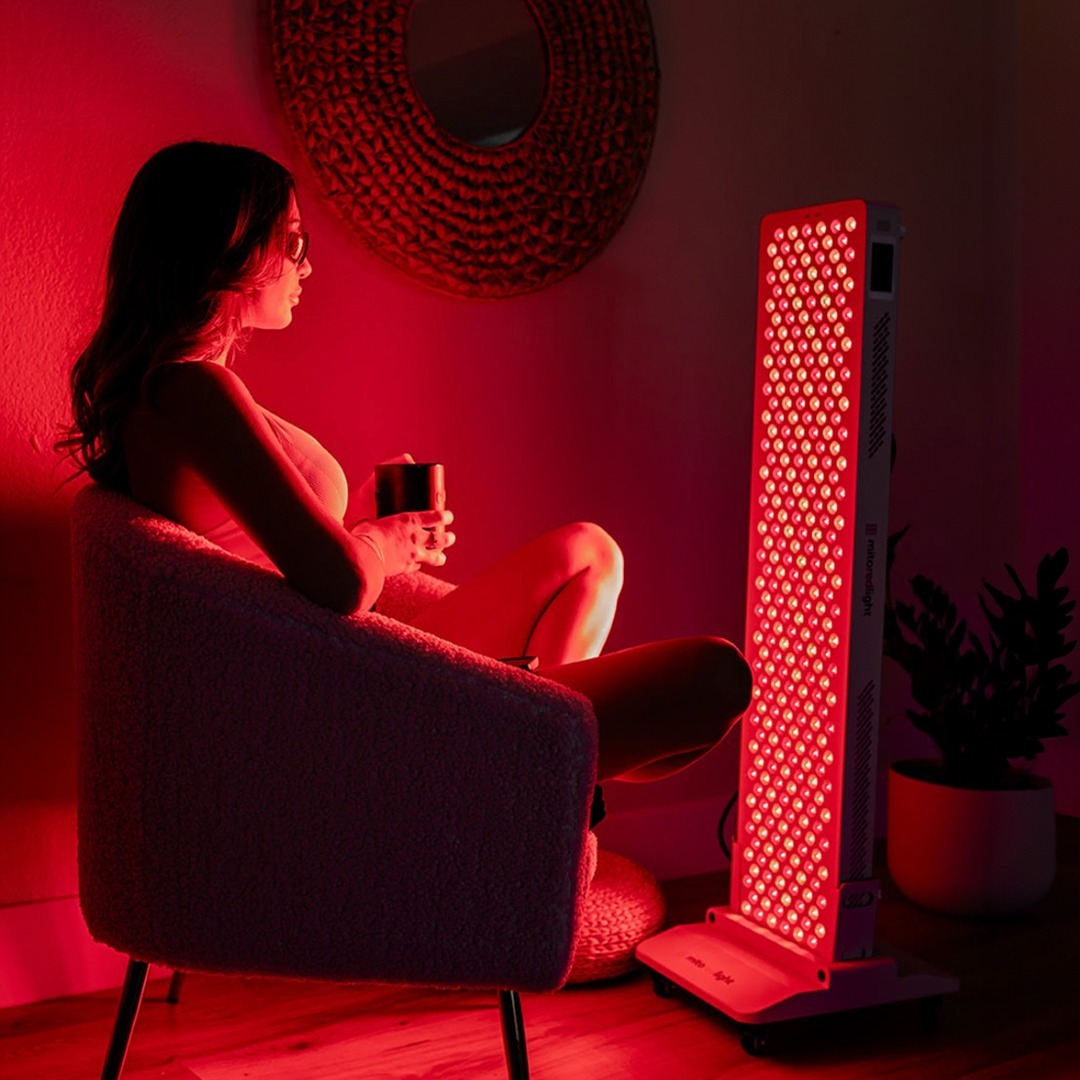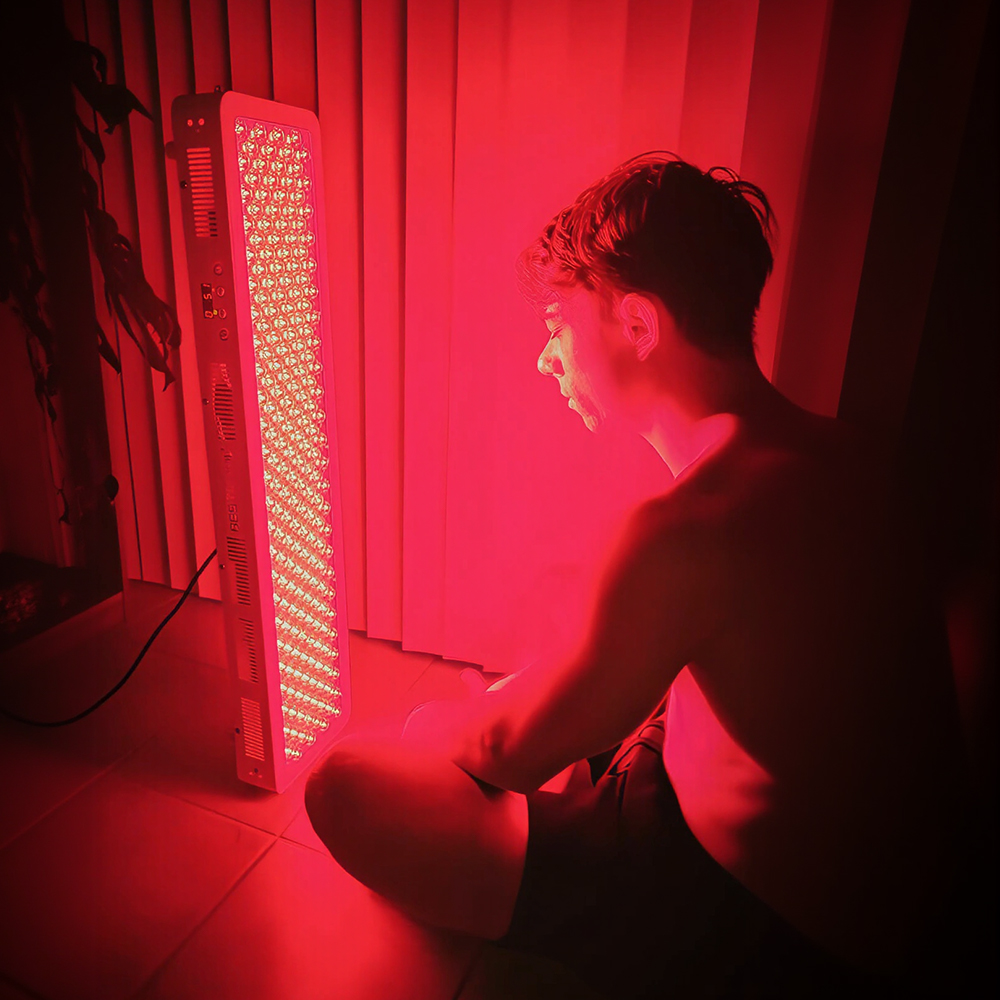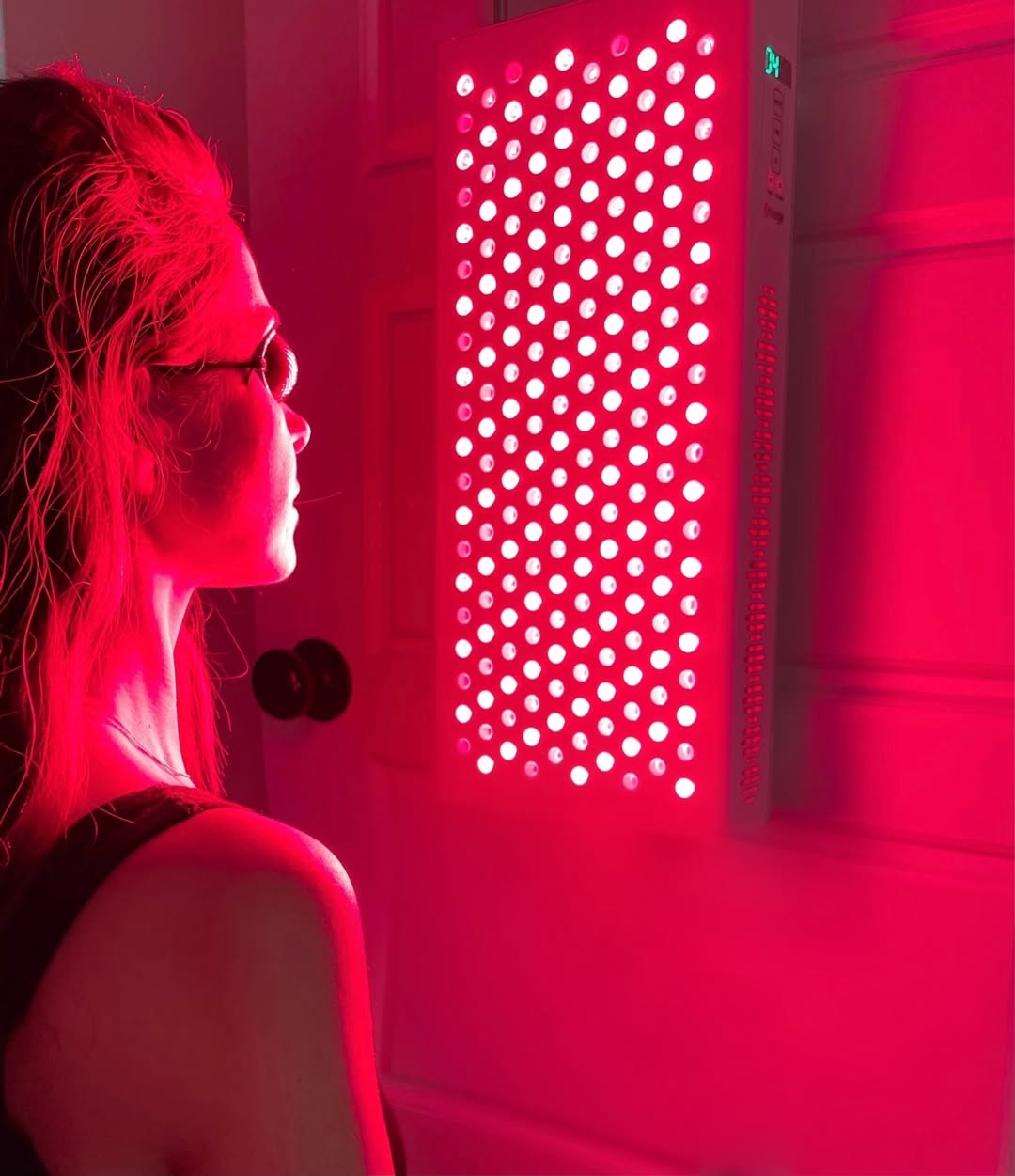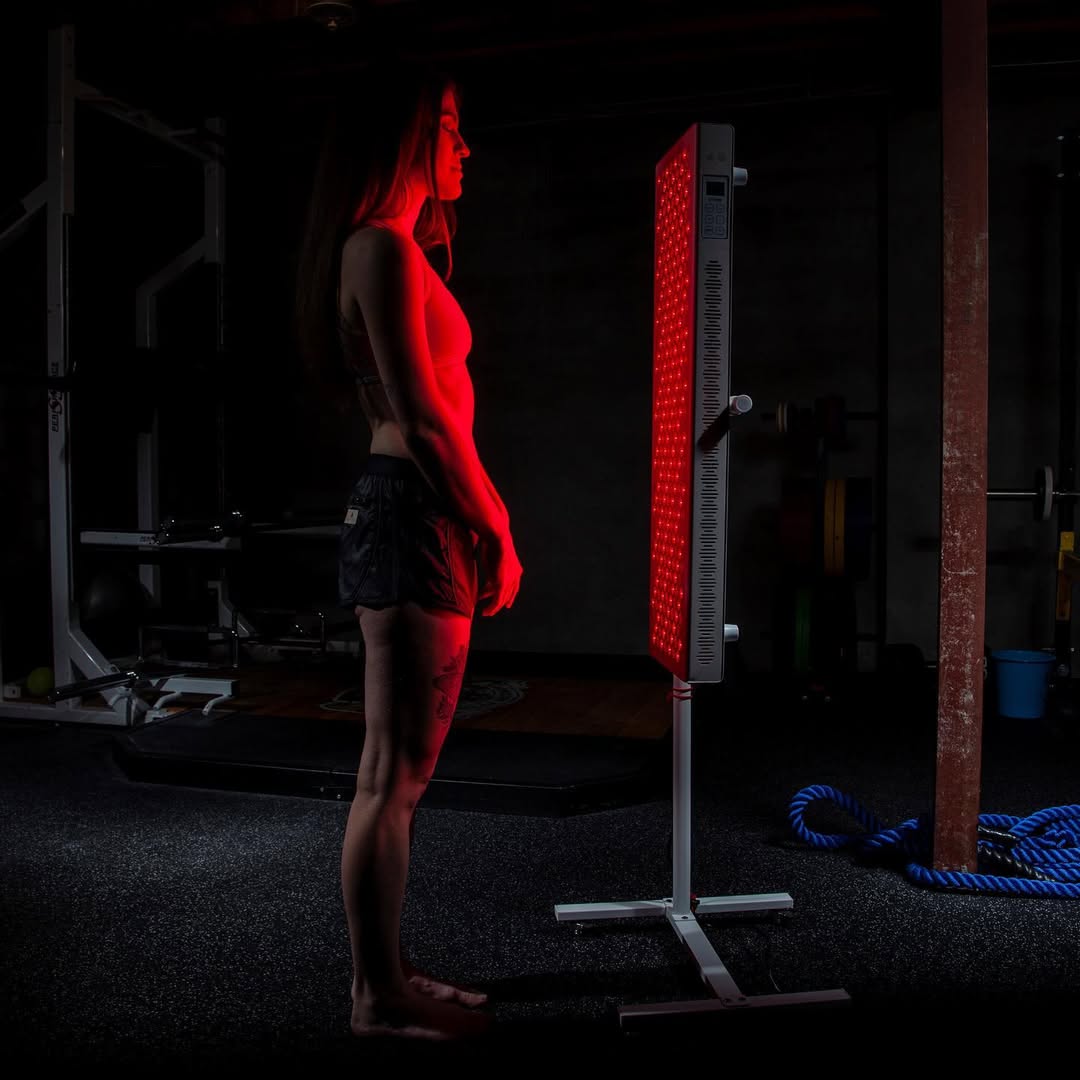![]() Free Shipping
Free Shipping ![]() Buy Now, Pay Later
Buy Now, Pay Later ![]() Eligible
Eligible
Why You Can Use Red Light Therapy to Help Treat Diabetes

Diabetes is a chronic condition affecting millions worldwide, characterized by high blood sugar levels due to insulin resistance or insufficient insulin production. While traditional treatments like medication, diet, and exercise remain essential, emerging therapies like red light therapy (RLT) are gaining attention for their potential benefits in diabetes management.
But can something as simple as light really help with diabetes? The answer is yes—and science is beginning to uncover why.
Understanding Red Light Therapy
Red light therapy, also known as low-level laser therapy (LLLT) or photobiomodulation (PBM), involves exposing the body to low-wavelength red or near-infrared light. Unlike UV rays, which can damage skin, red light penetrates deep into tissues without causing harm.
This therapy has been studied for:
- Wound healing
- Pain relief
- Reducing inflammation
- Enhancing cellular energy (ATP production)
Now, research suggests it may also help improve blood sugar control, reduce diabetic complications, and enhance overall metabolic health.
How Red Light Therapy Can Help with Diabetes
1. Improves Insulin Sensitivity & Glucose Metabolism
One of the biggest challenges in type 2 diabetes is insulin resistance, where cells stop responding effectively to insulin. Studies show that red light therapy can:
- Enhance mitochondrial function (boosting energy production in cells).
- Increase glucose uptake in muscle and fat cells, mimicking insulin’s effects.
- Reduce oxidative stress, a key contributor to insulin resistance.
A 2020 study published in the Journal of Photochemistry and Photobiology found that red light therapy significantly lowered blood glucose levels in diabetic rats by improving insulin sensitivity.
2. Reduces Inflammation & Oxidative Stress
Chronic inflammation is a major driver of diabetes and its complications. Red light therapy has been shown to:
- Lower inflammatory markers like TNF-α and IL-6.
- Increase antioxidant enzymes, protecting cells from damage.
- Improve blood flow, reducing vascular complications linked to diabetes.
3. Accelerates Wound Healing (Critical for Diabetics)
Diabetics often suffer from slow-healing wounds and ulcers due to poor circulation and nerve damage. Red light therapy:
- Stimulates collagen production, speeding up tissue repair.
- Boosts circulation, bringing more oxygen and nutrients to wounds.
- Reduces infection risk by enhancing immune response.
A 2014 study in Lasers in Medical Science found that diabetic foot ulcers healed twice as fast with red light therapy compared to standard care.
4. Protects Against Diabetic Neuropathy
Nerve damage (neuropathy) is a painful and debilitating diabetes complication. Research suggests red light therapy can:
- Reduce nerve pain by decreasing inflammation.
- Stimulate nerve regeneration, improving sensation.
- Enhance microcirculation, preventing further damage.
5. Supports Weight Loss & Metabolic Health
Obesity is a major risk factor for type 2 diabetes. Red light therapy has been shown to:
- Promote fat breakdown (lipolysis).
- Reduce fat cell size, aiding in weight management.
- Enhance exercise recovery, making physical activity easier for diabetics.
How to Use Red Light Therapy for Diabetes
Red light therapy can be administered through:
- Professional devices (at clinics or wellness centers).
- At-home panels or wearable devices.
Recommended Protocol:
- Wavelength: 600-850 nm (red to near-infrared).
- Duration: 10-20 minutes per session, 3-5 times per week.
- Target Areas: Abdomen (for metabolic benefits), feet (for neuropathy/wounds), or full-body exposure.
Safety & Considerations
- Red light therapy is non-invasive and safe with minimal side effects.
- Always consult your doctor before starting, especially if on diabetes medication (to monitor blood sugar changes).
- Consistency is key—benefits accumulate over weeks to months.
Final Thoughts: A Promising Adjunct Therapy
While red light therapy isn’t a cure for diabetes, it offers a drug-free, non-invasive way to support blood sugar control, reduce complications, and enhance overall health. Combined with a healthy diet, exercise, and medical treatment, it could be a valuable tool in diabetes management.
As research continues, red light therapy may become a mainstream recommendation for diabetics—offering hope for better, more natural ways to manage this challenging condition.
VELLGUS Elite V2
THE #1 RATED RED LIGHT DEVICE
VELLGUS pro V2
THE #1 RATED FULL BODY RED LIGHT DEVICE
Have You Tried Red Light Therapy for Diabetes?
If you’ve experimented with RLT for blood sugar control, share your experience in the comments! Let’s discuss this exciting frontier in diabetes care.








